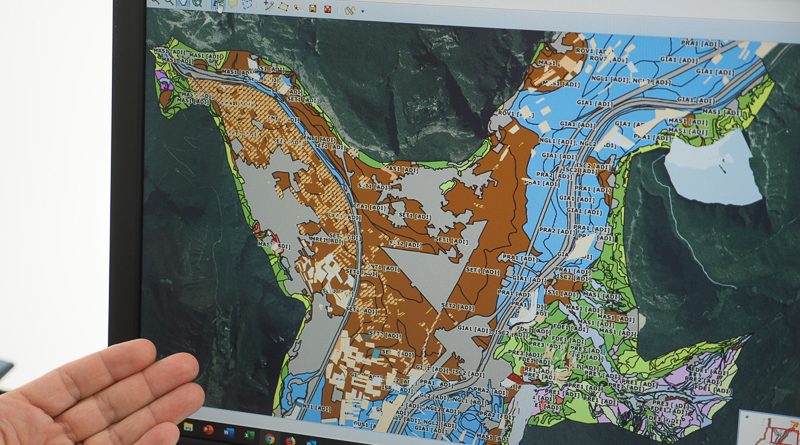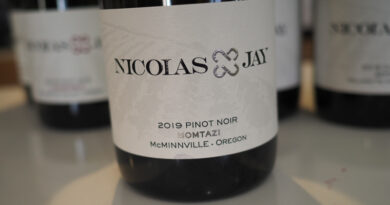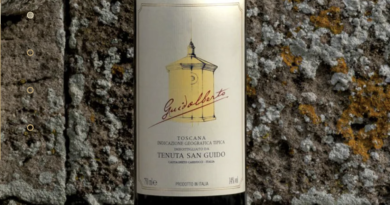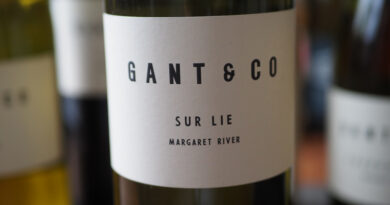Applying a model of vineyard variability in the vineyards of Trentino, with Cavit
Jamie Goode travels to the scenic Trentino region in Italy. Here, leading producer Cavit have developed an exciting technology called PICA, which maps vineyard data and allows them to communicate the results in real time with their 4500 growers. The result is better quality wine, made from grapes farmed more sustainably.
How can technology help vineyards? If you were a vineyard owner, what sort of app would you like that could help you in your decision making? It’s a question I’ve thought about often since I first learned about the concept of precision viticulture, which involves the use of data to map vineyard variability.
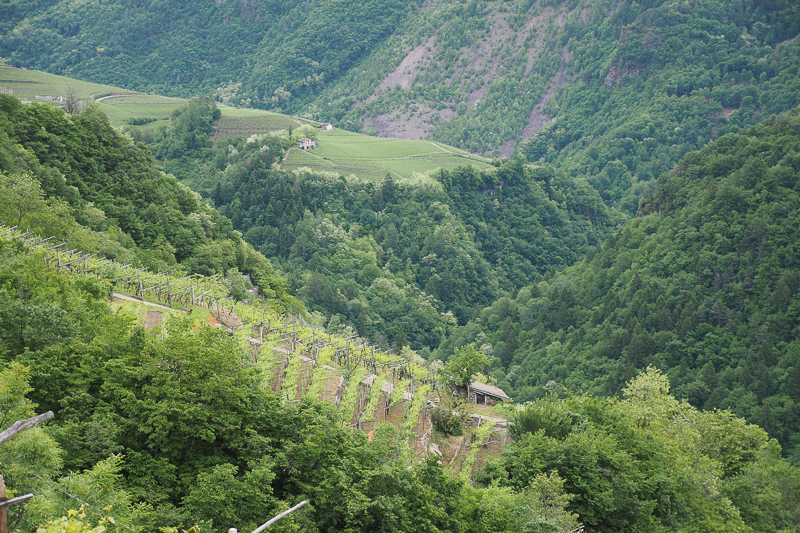
No vineyard is completely consistent. However, the technology exists to enable researchers to map vineyard variation, and then respond to this. There are lots of ways of doing this. One is to do a survey of the soil and subsoil, looking to see where this varies. You can start by making a map using electroconductivity, and then decide, on the basis of these results, where to take core samples and look at what the actual soil profile looks like. Then on the basis of this information, you can dig soil pits at various points. This will give you information about the physical characteristics of your vineyard soils and subsoils.
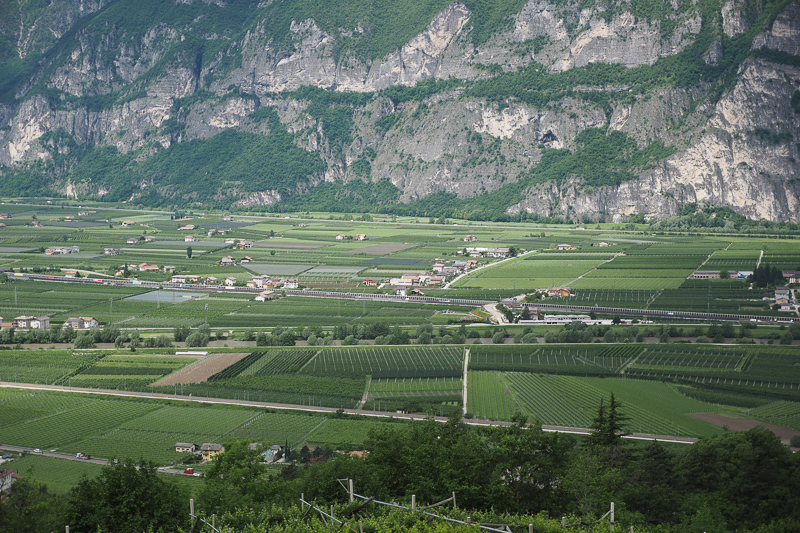
Next you might want to put data loggers in various parts of the vineyard, to see how the microclimate varies. Some spots might be warmer, others cooler. The climate in the vineyard might differ from the local weather station that gives long-term data for the region, and this will be useful to know.
And you can track how these physical characteristics affect vine growth. Remote sensing, made much cheaper by the advent of drones, can give you NVDI (normalized difference vegetation index) readings that show where the more or less vigorous spots are. You can then relate this to the physical characteristics. Assuming the vineyard is planted with the same variety and rootstock, and was planted at the same time, then trunk diameter readings will also reveal information about vigour. Or you could drive through and record canopy density and then use GPS to provide a vineyard map. Or if you machine pick, then yield can be mapped with GPS too.
The challenge is to then combine all this information in a single model. If data over several seasons are compared, and then combined with weather data and outcomes such as disease incidence, yield, and grape quality parameters, suddenly you have a very powerful viticultural model. This can be used predictively to assist decision making. The model data can be combined with information about disease or pest biology, fed with weather forecast information as well as actual weather readings, and the readout can tell you whether you need to act or not, and how.

Feed-in information on grape phenology, grape variety-specific data, and maturity analysis on the site, and suddenly you have a great tool for tracking maturity that can be ground truthed and refined at certain points in the growing season. It can tell you when to sample, and reduce the need for continuous monitoring, which can be time consuming if you are running several vineyards at various locations.
With these thoughts in mind, I was very interested when I got the chance to visit Cavit, a large cooperative winery in Trentino. They have 10 wineries spread around the Trento area, and in addition have a network of 4500 growers, who together farm 5400 hectares through the region (altogether Cavit source from some 7000 hectares). Keeping a track of this many vineyards is an enormous task, but they have done something groundbreaking: a data-driven solution which is called PICA (Piattaforma Integrata Cartografica Agri-vitivinicola).
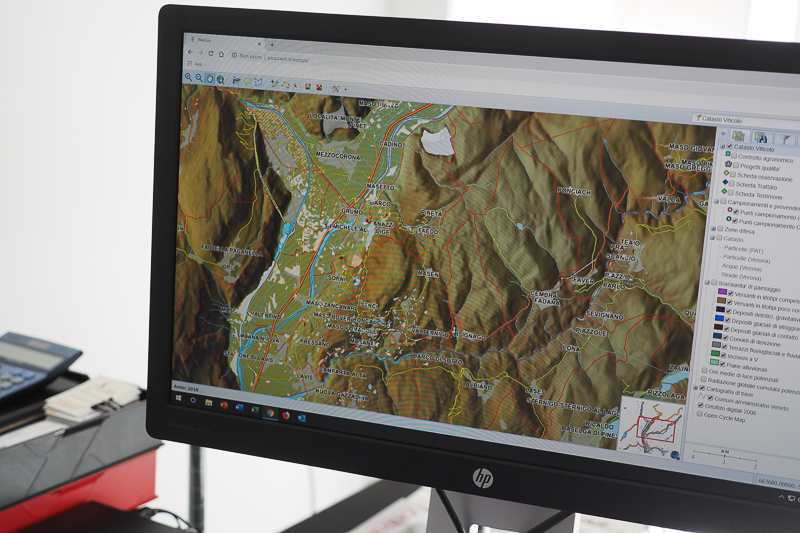
Cavit have developed a sophisticated model mapping data from all the vineyards they source from and integrating this with real-time weather data. Their goal was to develop a data-based tool that allowed them to improve quality and preserve the environment, in order to be sustainable long term.
PICA is the result of a five year research project Cavit in collaboration with MPA Solutions (an IT company who also worked on the development of the traffic light system in Los Angeles) and two leading research centres in Trentino: the Edmund Mach Foundation (FEM) and the Bruno Kessler Foundation (FBK).
The software is property of Cavit, and it maps 60% of the Trentino territory. It includes all 5400 growers. The benefits include soil classification (they know what kinds of soils they have in each vineyard) which will also help guide future planting, in conjunction with information about the climate and exposure.
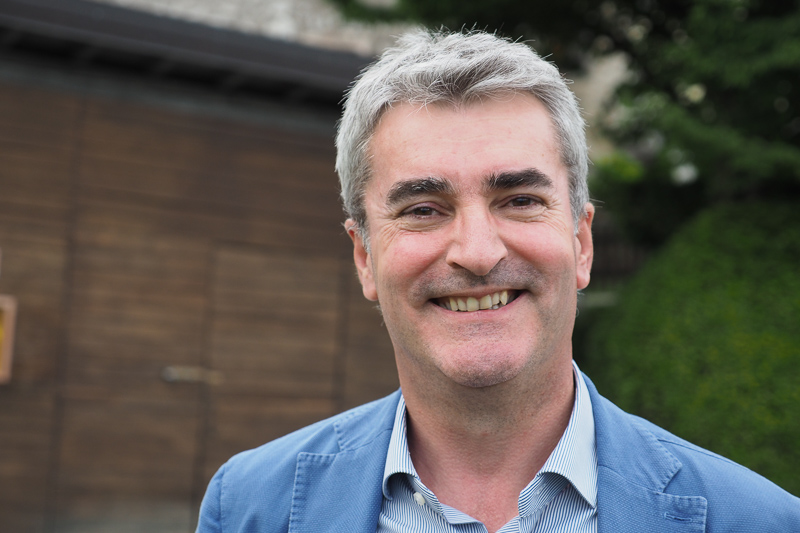
PICA has now been running for nine years and it is delivering results. It helps plan irrigation, incorporates geographic, weather and climate studies, and allows defence monitoring of pathogens. The data also take into account the training system and choose the best one for the variety and the kind of wine they would like to have.
Not all the growers are technology friendly, but there is some training available to them. The result is a continuous flow of information between the Cavit team and these growers.
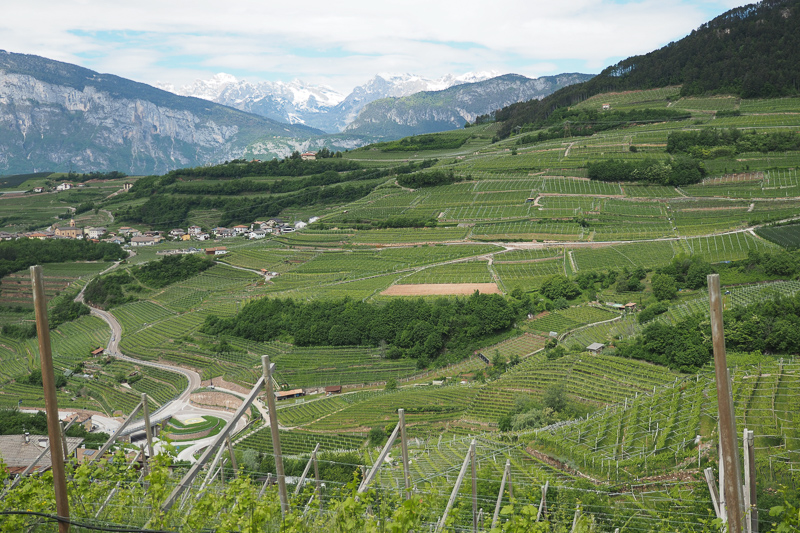
At the beginning the growers weren’t exactly sceptical, but they weren’t so happy because they said why should you analyse my soil and analyse my vineyards? The result could be that the value of the grapes is lowered if the site isn’t considered optimal. Why should you teach me what to do, when generations of my family have looked after these vineyards? But the approach was professional, it involved information transfer, and is a service. Eventually, they recognized the benefits.
As an example of PICA in action, two years ago they wanted to find out where they could plant some more Sauvignon Blanc. To decide this, they needed to incorporate the quality level that they were looking for into the equation. It’s important to balance the needs: they always start from the final consumer – the market place. They try to balance the needs of the market, the effort needed to grow the grapes, and the price of the wine they make. This is a smart scientific approach.
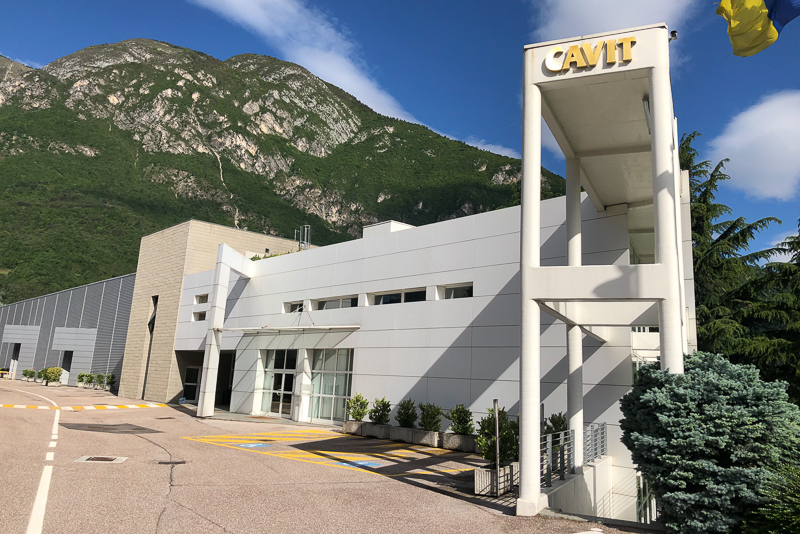
Another example of the benefits of PICA is the way that Marzemino, the main grape variety in the region, has been redeployed. 10 years ago it was planted on 30% more surface area than today. Now its plantings have been reduced to the areas that best suits this grape.
The model incorporates historic solar radiation and temperature data. With this information, CAVIT are able to identify the best conditions for each variety, and it allows them to forecast the maturation of the grapes. The information allows them to reduce treatments, and devise a tailor-made approaches for treatments, depending on the site
PICA can also control and monitor the right time for harvest, forecasting when the grapes will be at optimum ripeness. This particular element is called ‘Harvassist’.
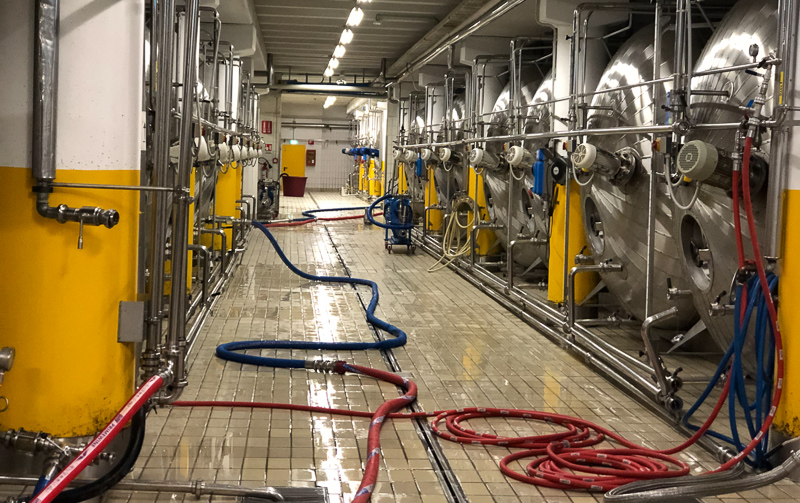
‘Our DNA is delivering quality at different price levels, and PICA helps a lot,’ says Andrea Faustini, who is one of the enologists and agronomists in the Cavit team. ‘When you produce 60 million bottles, we are proud to say that we deliver quality at different price levels, and this is a fantastic tool to support us so we can do this.’
The day before my visit, there was some rain. ‘When it rains and there is the right condition for disease, we sent the growers a message,’ says Faustini. ‘For example, we might say if the forecast is good for the next day, don’t do a treatment, wait and see.’ It is a tailor-made approach, specifically targeted. ‘We send SMS messages – quick updates – a couple of times a week,’ he says. ‘We also send a bulletin out and the growers can read the message.’ If they advise treatment, it will give different strategies, depending on whether the grower is organic, sustainable, or conventional, outlining the options available.
You can see a video of this visit, with PICA in action here.
Tasting
Altemasi Millesimato 2015 Trentodoc, Italy
Disgorged 2019, 6 g/l dosage. 100% Chardonnay. Partial (1/3) malolactic. Very pure with nice acidity and clean, crisp citrus and pear fruit. Has some roundness on the mid-palate with a bit of sweetness to the fruit. Nice citrus drive here. 89/100
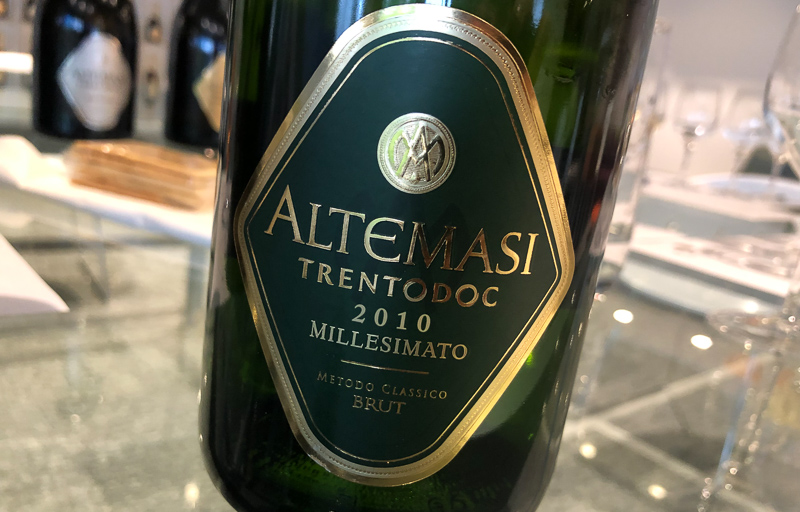
Altemasi Millesimato 2010 Trentodoc, Italy
Disgorged in 2015. 6 g/l dosage. 100% Chardonnay. Slight herb, toast and cabbage edge to the fresh pear and green apple fruit. Has nice texture on the palate. Has a little development, but it’s still very fresh. Attractive and fruit driven. 88/100
Altemasi Rosé NV Trentodoc, Italy
60% Pinot Noir, 40% Chardonnay, 8 g/l dosage. Some Pinot Noir vinified as a white wine, with some racked after first day of fermentation. Part malolactic in the Chardonnay. 24 months on lees. Juicy and bright with nice clean fruit, showing a hint of cherry and cranberry, with some fine citrus notes. Fruit-driven and pure with brightness and focus. 89/100
Altemasi Pas Dosé 2013 Trentodoc, Italy
60% Chardonnay, 40% Pinot Noir, minimum of 60 months on lees, 100% stainless steel, one-third malolactic. This is increasingly successful in the market. Tight and crisp with bright citrus fruit. Lemony and direct with nice clean fruit expression. Bright with good acidity. Dry style with a bit of skeleton showing. 88/100
Altemasi Pas Dosé 2010 Trentodoc, Italy
Tight, focused, but showing some nice depth, with some white peach and citrus characters, as well as fine toastiness. Has achieved a lovely sense of harmony, but it’s also quite grown up and complex, with toast, herbs and minerals as well as a lemony edge. Shows great precision. 92/100
Altemasi Riserva Graal 2008 Trentodoc, Italy (magnum)
Disgorged 2015. Tight and linear with some toast and herb richness as well as bright citrus fruit. There’s a faint malty note here, too. Pure fruit expression. Shows a nutty depth with some faint cabbage hints, and a linear, lemony finish. 92/100
Terrazze Della Luna Pinot Grigio 2018 Trentino, Italy
Supple and fresh with juicy lemon, cherry and table grape fruity notes. Stylish fruit with some depth to it. Juicy and focused, showing a lemony finish. Nice presence here. 88/100
Terrazze Delle Luna Pinot Grigio Rosato 2018 IGT Delle Dolomiti, Italy
Skin contact in the press with protection of the grapes by nitrogen. Very pale pink. Nice tangerine and pear fruit with some table grape characters and a hint of leafy cherry. Stylish and dry with a hint of mandarin sweetness on the finish. Very attractive. 87/100
Bottega Vinai Pinot Grigio 2018 Trentino, Italy
This is quite complex with a smoky edge to the grape and citrus fruit. There’s some richness here but also a tapering, bright, lemony finish. So expressive with lovely precision to the fruit, as well as some depth. A good example of Trentino Pinot Grigio. 90/100
Rulendis Pinot Grigio 2017 Trentino Superiore, Italy
Complex, taut and quite structured with some minty hints to the bright, pithy lemon and grapefruit notes. Has a bit of mandarin detail. Dense and pithy with a backward, restrained character as well as good concentration. 90/100
Rulendis Pinot Grigio 2014 Trentino Superiore, Italy
Has notes of herbs and seaweed on the nose. The palate is savoury and waxy with bright citrus fruit, some green tea, and fine herbal hints. Fresh and detailed with nice complexity and density. Has a fresh character to it, with depth. 90/100
Terrazze Della Luna Pinot Nero 2018 Trentino, Italy
From hillside vineyards, with a portion from Guyot and the rest from pergola. 90% stainless steel fermented and aged. Supple and rounded with juicy, smashable cherry and plum fruit with a touch of raspberry brightness. Quite pure with lovely fruit expression. Midweight with some fine savoury herbal notes. Has some strawberry softness. 87/100
Bottega Vinai Pinot Nero 2017 Trentino, Italy
Do two harvests in each vineyard for this variety because ripening isn’t always homogeneous. Mainly gravity flow in the winery, and try to ferment with whole berries. Goes to barrel and larger oak, where malolactic occurs and then there is a year’s ageing. Supple cherry and plum fruit here with a savoury, slightly herby edge and some spice, cedar and earthy notes. Has a distinctive savouriness with nice drinkability. Grippy finish. 88/100
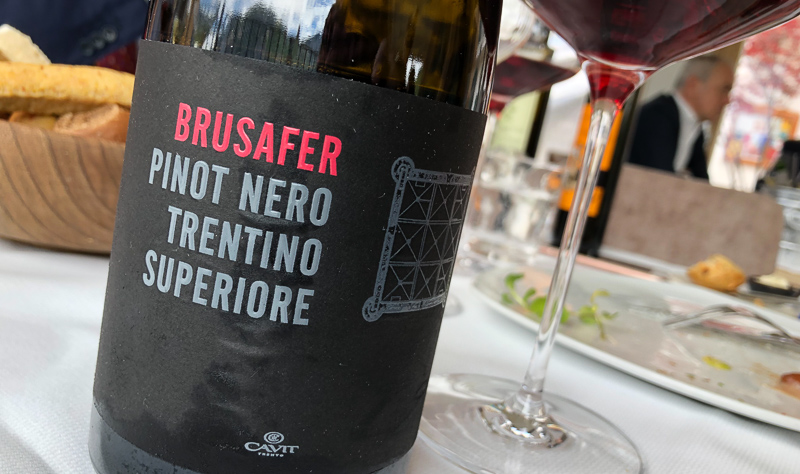
Brusafer Pinot Nero 2016 Trentino Superiore, Italy
Supple, fine and quite silky with nice red cherry fruit as well as some fine green hints. Has real elegance and a savoury edge, with massive drinkability and more than a hint of complexity. 93/100

